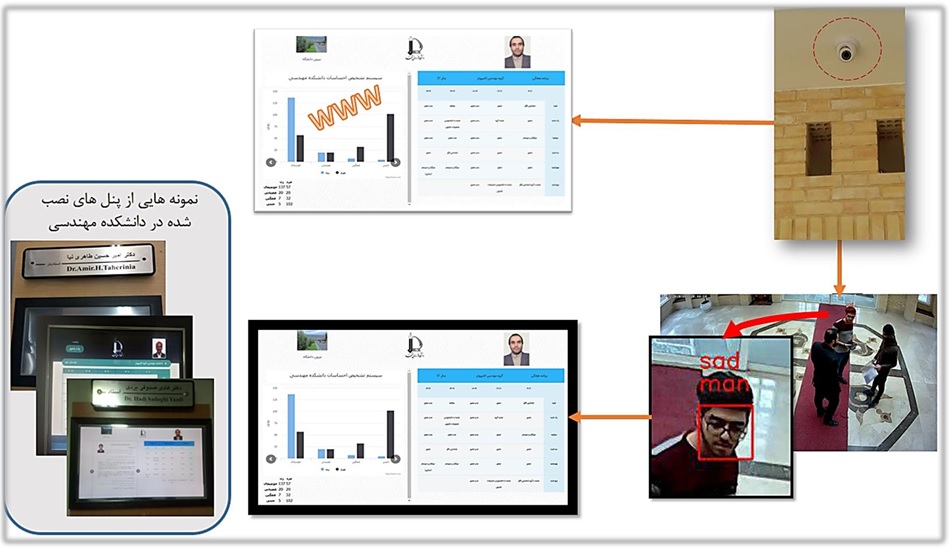Real Time emotion detection system
classify human emotions in real-time.
Real Time emotion detection system include following parts:
Camera:
- Function: The camera captures video frames or images of subjects (e.g., users or participants) in real-time.
- Importance: It serves as the primary input device, enabling the system to acquire visual data necessary for emotion recognition through facial expressions, body language, and other visual cues.
Real-time Recognizer:
- Function: This module processes the incoming images and applies algorithms (such as machine learning or deep learning) to analyze facial expressions, gestures, and other features that indicate emotional states.
- Importance: It is the core of the system, providing the ability to classify emotions (e.g., happiness, sadness, anger) instantly, which is crucial for applications requiring immediate feedback.
Monitoring:
- Function: The system continuously observes and analyzes the emotional state of the subject over time, allowing for a dynamic assessment of emotional changes.
- Importance: This component is vital for applications such as mental health monitoring and interactive systems, where understanding the emotional context is essential for appropriate responses or interventions.
Data Storage:
- Function: The system stores collected data, including captured images, recognized emotions, and timestamps, for future analysis and reporting.
- Importance: Storing data allows for longitudinal studies, trend analysis, and the potential to improve the accuracy of emotion recognition algorithms through machine learning by using historical data for training and validation.

An emotional detector system analyzes various frames, to identify and classify human emotions in real-time.